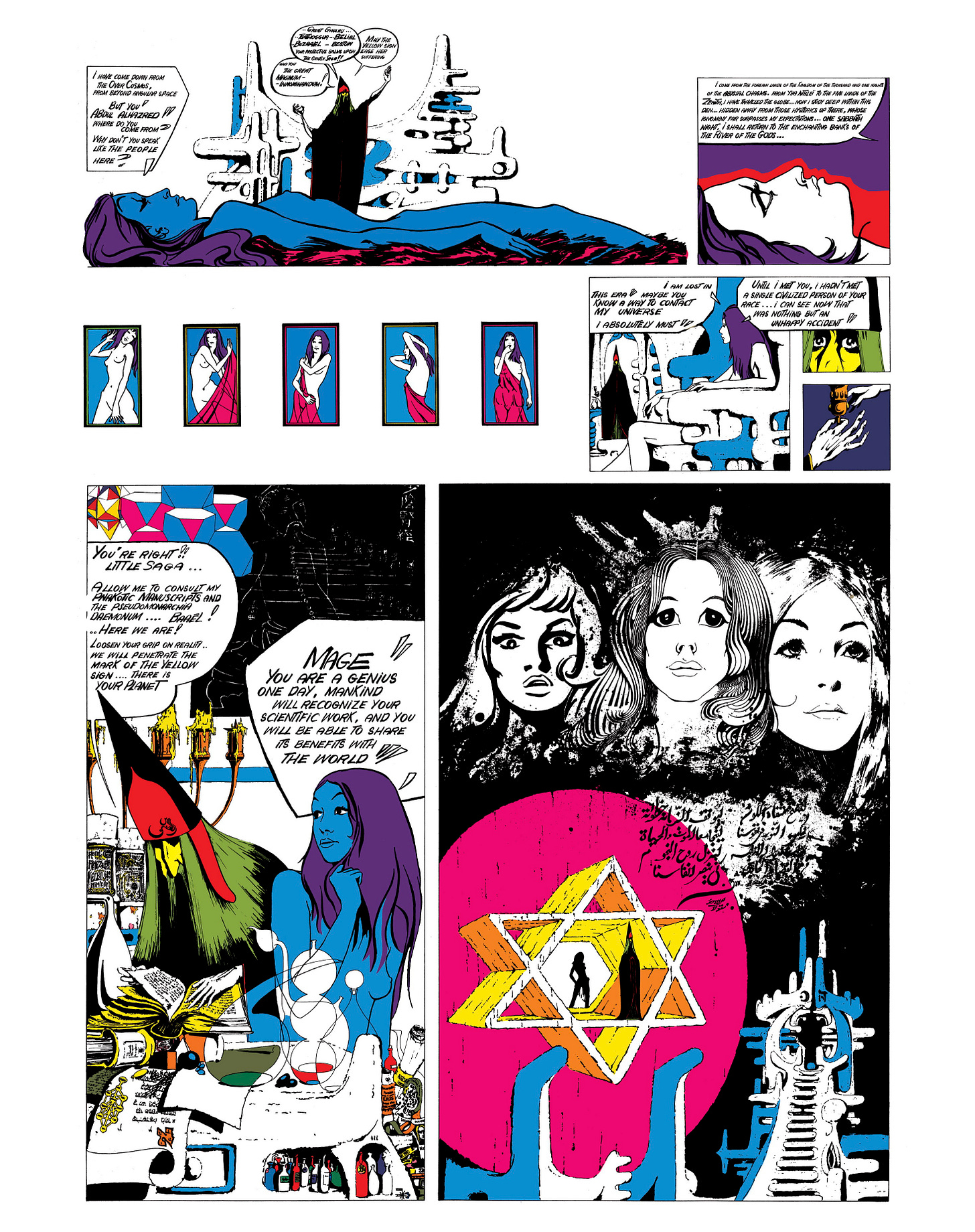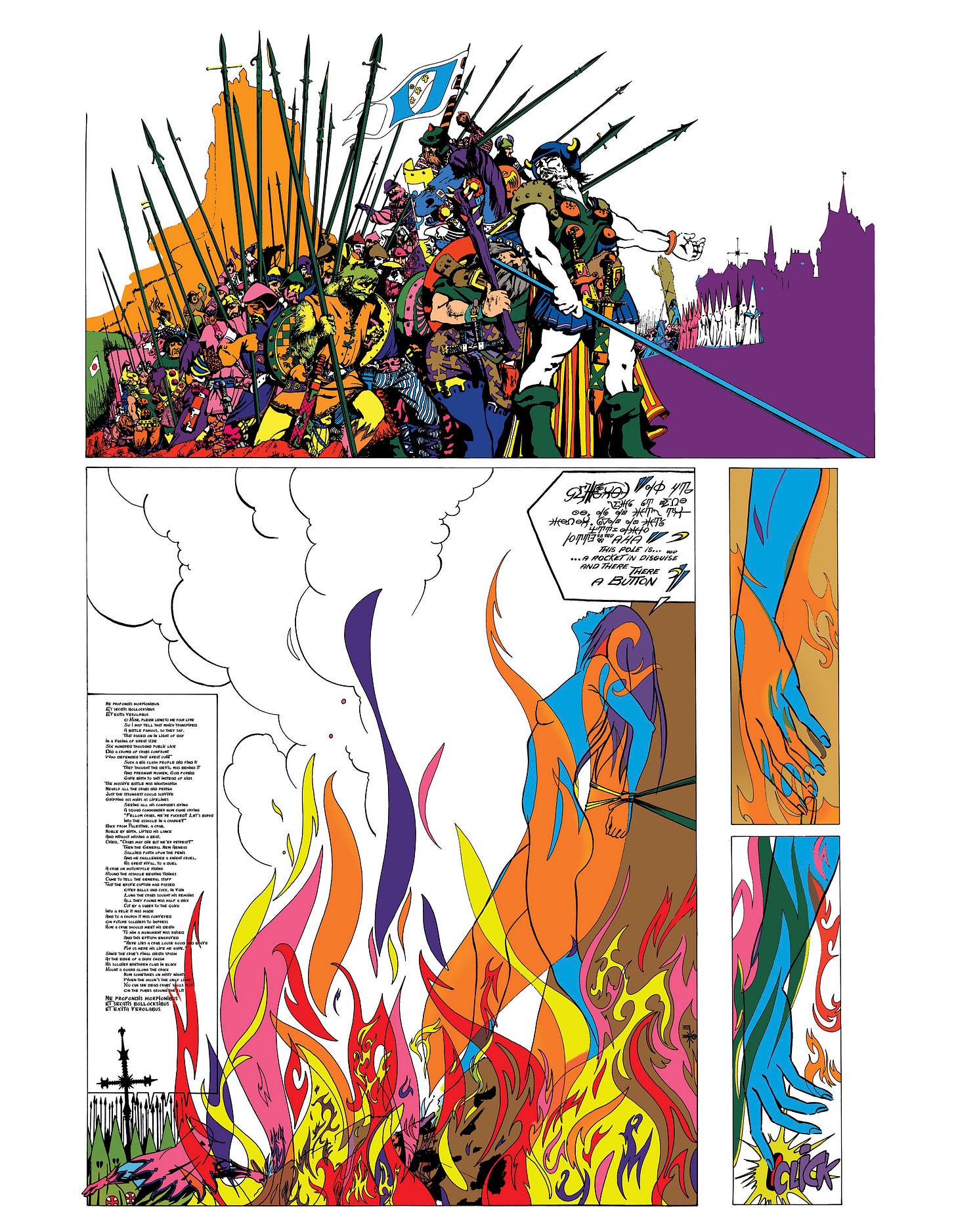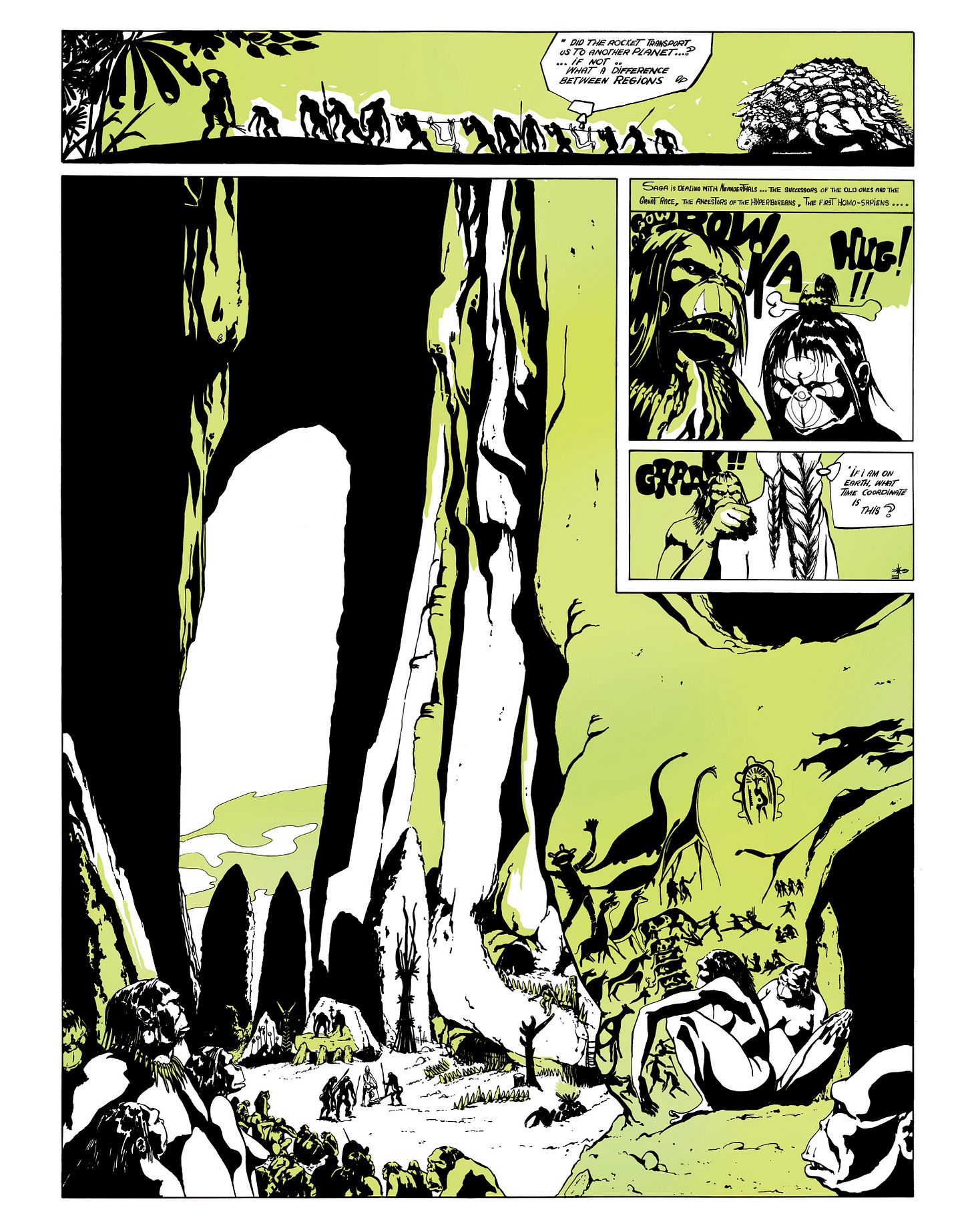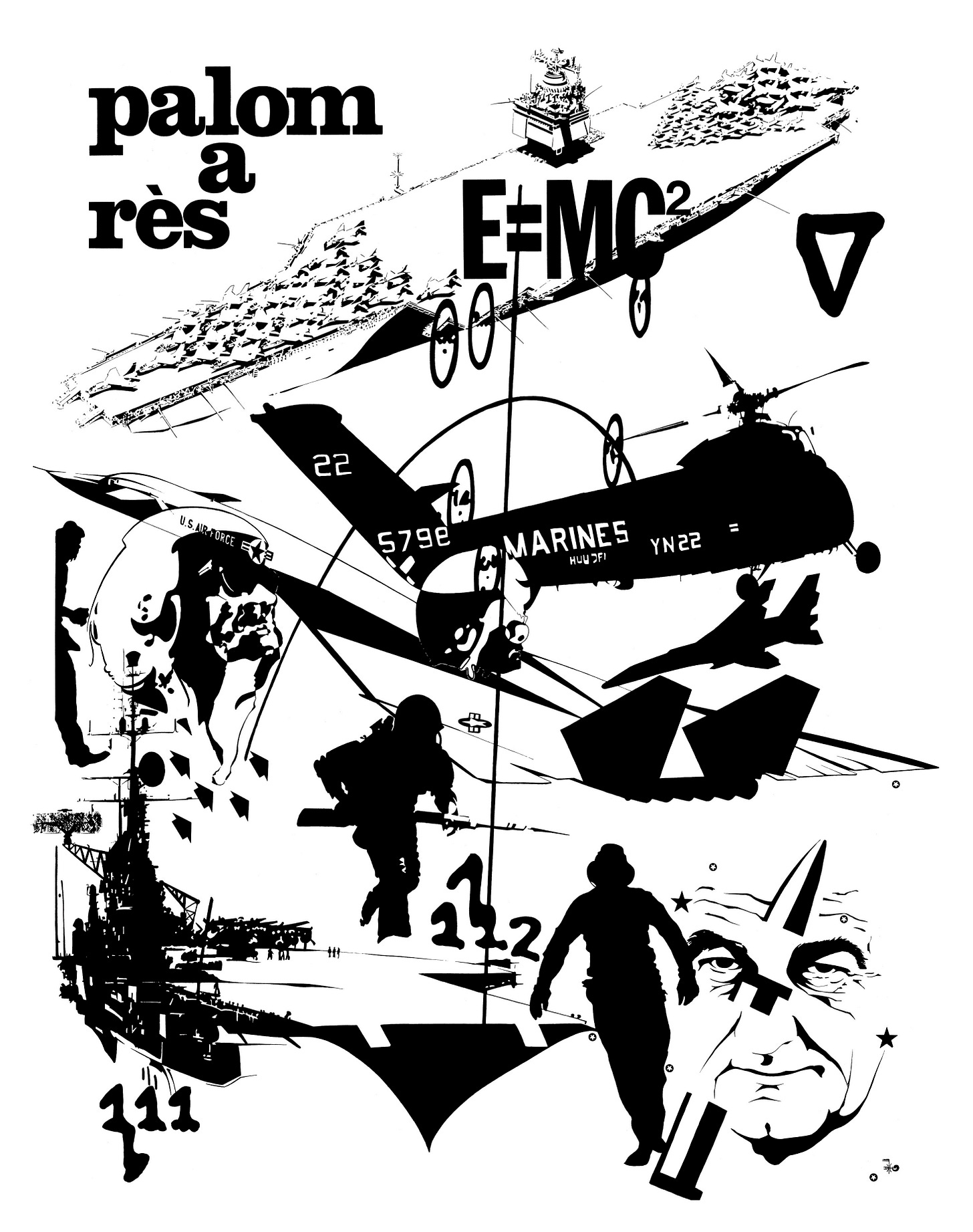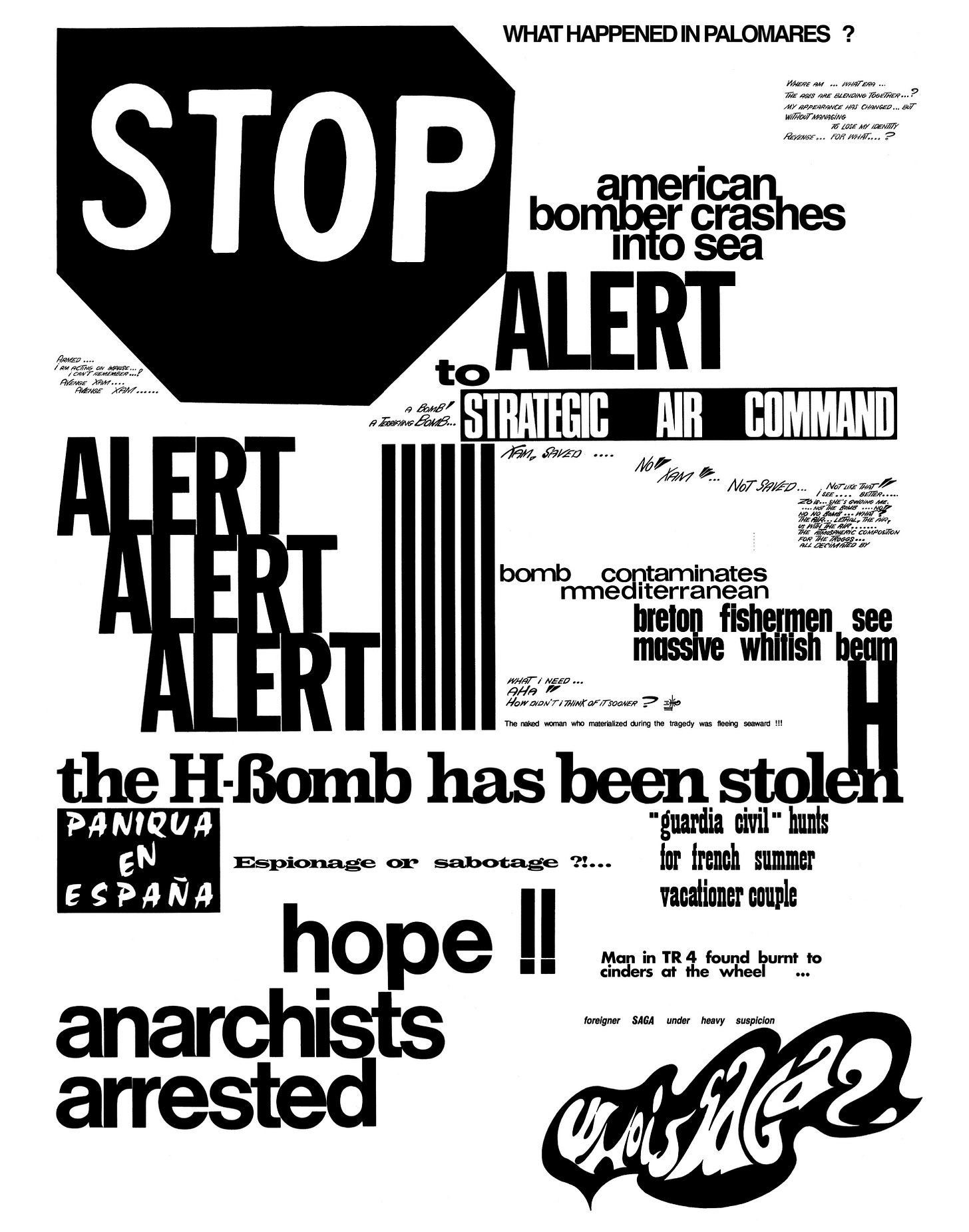This week, I received a few finished copies of the new, first-ever English language edition of Saga de Xam. Saga is the final book I edited for Anthology Editions, and if you’re an alternative comics person, or a pulp genre excavator, or a Jodorowskian bande dessinée esotericist, or just someone with an interest in European countercultural history, the book’s appearance--after a development process going back some seven years--is, IMO, worthy cause for celebration.
Saga de Xam has a fascinating backstory; it’s been written up thoughtfully and extensively elsewhere, but the short version is that it was scripted and drawn mostly by a partisan of bohemian Paris named “Nicolas Devil” (né Deville, but how could he resist the rewrite??) from an outline by the cult director/unparalleled pornohorror aesthete Jean Rollin. The book was originally published in 1967 by Éric Losfeld, himself an iconic French pulp éditeur who sought to become the Girodias of comics and whose autobiography has the God-level title Endetté comme une mule, ou la passion d’éditer--roughly Overdrawn as a Mule, or the Passion for Publishing. The book’s cover features Losfeld bras d’honneuring the camera. Basically I love this guy.
While Saga de Xam was initially intended as a space opera/sexploitation kinda deal in the vein of Jean-Claude Forest’s Barbarella comic (which had been a big hit for Losfeld in 1964), the complicated circumstances of its production led it somewhere new. Devil worked on Saga over two years, during which his home studio (the top floor of his father’s mansion in the 17th arrondissement, tout naturellement) was shared with scores of other underground artists, many of whom participated in some aspect or other of the book’s creation. So as the comic’s initially familiar scifi/horndog plot built, so did the frequency of its outré collaborations (exquisite corpse pages and guest scenes drawn by the likes of Philippe Drouillet) as well as its tendency toward straight-up avant-garde graphic experimentation. All of this culminated in the book’s final section, a formal explosion of text and image, song lyrics and newspaper headlines and pop-art moves meant to convey the acid experiences then being taken up pretty frequently over on the Rue des Batignolles, and effectively linking Saga de Xam to a countercultural lineage whose complexity is no less evident today than it was upon the book’s initial release.
Below, I’ve dropped some representative but by no means comprehensive images from the new edition, which features restored colors by Christian Staebler and Stan Deville, an English text by Anna Bialostosky, and lettering by Maura Murnane. The work entailed in those translation and re-rendering processes constituted, by far, the greatest challenge in the development of this book, and led all of us working on it to some *truly* crazy lengths. I’ll be writing more about that in next week’s post, so if you wanna know about those alien alphabets, keep it locked.
Thank you bonne nuit!!
.dP"Y8 .o. db 88""Yb dP"Yb 88b 88 88b 88 888888 88""Yb
`Ybo." ,dP' dPYb 88__dP dP Yb 88Yb88 88Yb88 88__ 88__dP
o.`Y8b dP__Yb 88""Yb Yb dP 88 Y88 88 Y88 88"" 88"Yb
8bodP' dP""""Yb 88oodP YbodP 88 Y8 88 Y8 888888 88 Yb




